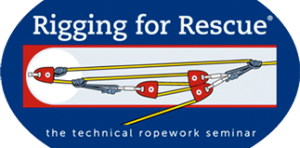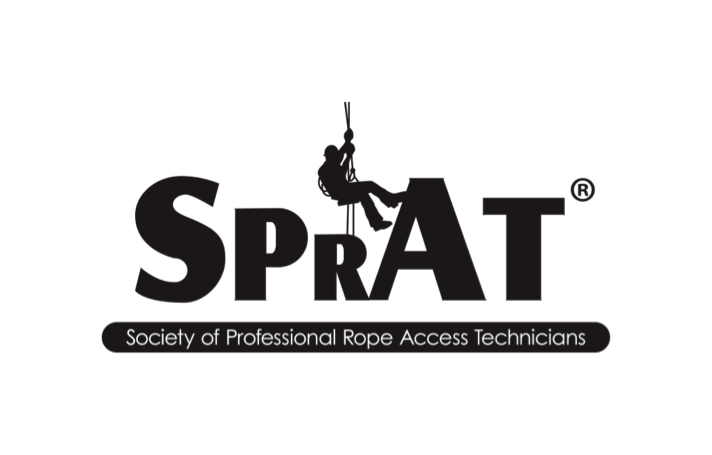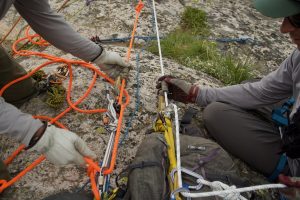
DCTTRS – Critical Analysis
Two Tension or Not to Tension Much Ado About 4 Meters Abstract: Technical rope rescue has had a long, rich history of healthy debate and disagreement regarding device selection as well as techniques. A current debate that generates robust discussion involves the similarities and differences between Dual Capability Two Tensioned
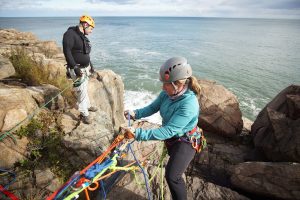
VT Prusik for Rescue Belays
VT Prusik for Rescue Belays – Abstract Rope rescue teams typically operate redundant two-rope systems with inclusion of a failsafe mechanism for fall arrest. Examples include the MPD, 540° Rescue Belay, Petzl I’D, and Tandem Prusiks to name a few. Teams operating in remote environments with longer ingress/egress distances often
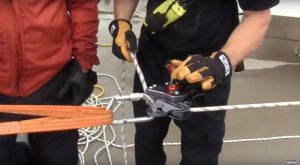
Mirrored Systems – Reflections From the Edge
ITRS, 2015 Abstract: “Mirrored Systems – Reflections from the Edge” Author: Mike Gibbs, Rigging for Rescue Background What is the primary objective in a technical rope rescue operation? It is to transport the subject from a place of predicament to a position of security – ideally, in a controlled

High-Modulus Aramid Fiber Friction Hitches in Technical Rope Rescue Systems
PROJECT VIDEOS Abstract In November, 2014, at the International Technical Rescue Symposium (ITRS) in Golden, Colorado, Mike Gibbs of Rigging for Rescue presented on the topic of aramid fiber friction hitches in rope rescue systems. This presentation was based on several different testing sessions over the course of a couple
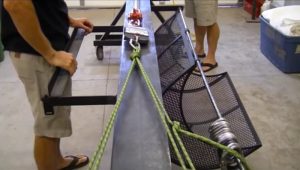
Multi-Point Anchor Equalization
Considerations for equalizing multi-point anchor systems International Technical Rescue Symposium (ITRS)[/fusion_text][fusion_text] Project Videos: Abstract Building sound anchors is one of the fundamental elements of recreational climbing, rope access, and technical rope rescue. Anchor configuration methods are also some of the most discussed, debated, varied, and perhaps doctrine-based skill sets in

Parallel Plaquettes
A lightweight rope rescue system using common climbing equipment International Technical Rescue Symposium (ITRS) Project Videos: View the Complete Report Abstract A current review of rope rescue systems reveals a wide variety of techniques, equipment and risk management philosophies relative to moving live loads over complex terrain. Some teams use
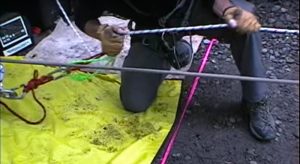
Rescue Belays
Important Considerations for Long Lowers International Technical Rescue Symposium (ITRS) Project Videos: View the Complete Report Abstract Incorporating a belay system within a rope rescue system is common practice in rope rescue because, although the probability of a mainline failure is low, the consequence may be dire. Mainline system failures
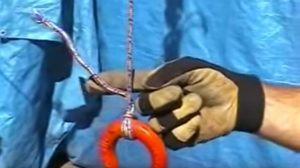
Lanyards Part II
An Examination of Purcell Prusik as Personal Restraint Lanyards Project Videos: View the Complete Report Abstract: In two independent drop test series conducted in 2002 and 2005, we examined the effects of a shock load on to various commercially made and user-configured personal restraint lanyards. Our primary focus in those
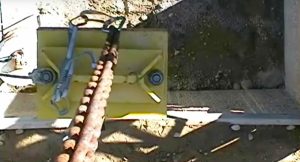
Daisy Chains and Other Lanyards
Some Shocking Results when Shock Loaded Project Videos: View the Complete Report Abstract: Over the years, organized rope rescue has evolved with respect to the techniques used as well as the equipment employed. Much of this evolution can be attributed to the borrowing of techniques, equipment and practices from similar
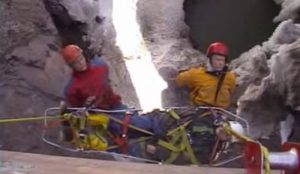
Two-Tensioned Rope Lowers
Centrally Focused Bridle Attachments Project Videos: View the Complete Report Abstract: Many rescue teams operate their rope rescue stretcher operations with either: a single tensioned mainline coupled with a separately managed belay line or two tensioned mainlines without a separate belay line – often referred to as ‘Two-Tensioned Rope Lowers’.
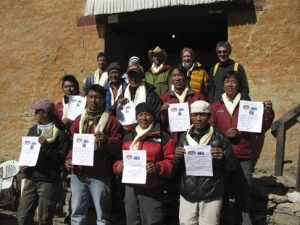
Rigging for Sherpas
Project Photos: Abstract: In January, 2009, in conjunction with the Himalayan Rescue Association, we had the honor and privilege to be able to offer a technical rope rescue training workshop for the Sherpa climbing guides that work and respond in the Mt. Everest region of Nepal. Rigging for Rescue donated
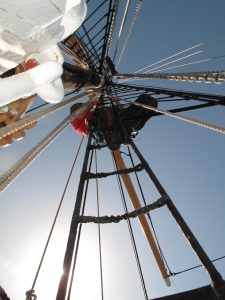
Rigging for Tall Ships
Project Photos: Abstract: Recently, a volunteer with the San Diego Maritime Museum contacted us with some questions relating to our previous research on lanyards. They had been exploring a new work positioning lanyard system and came across our ITRS paper from 2006 that addressed Purcell Prusiks as lanyards. The work
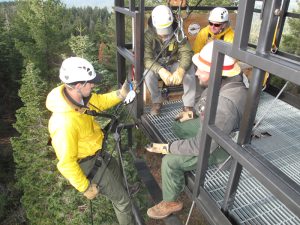
Helicopter Rappel
Equipment Testing and Evaluation Project Photos: Abstract: In October, 2010, Rigging for Rescue, LLC, in conjunction with Yosemite National Park Service all-hazard personnel, conducted three days of drop testing and systems analysis on helicopter rappel equipment and scenarios. The testing was completed at the Yosemite National Park Crane Flat Helibase
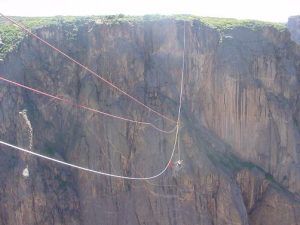
Rigging for the Black
Project Photos From time to time some of the RfR principals and other rope rescue enthusiasts get together for a bigger training project. This typically involves a long highline or a larger multi-pitch objective down a sizeable piece of terrain. In May, 2002, we embarked on such a project with
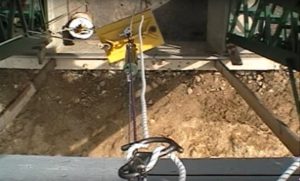
Two-Tensioned Rope Lowers II
Project Video View the Complete Report The BCCTR Belay Competence Drop Test Method of a 1m drop on 3m of rope with a 200kg test mass. This drop simulated a failure of one of the two lines in a Two Tensioned Rope Lower system. The DCD was a Figure 8
